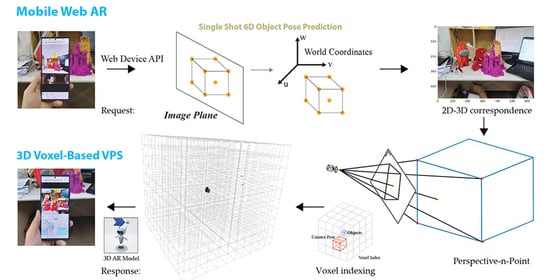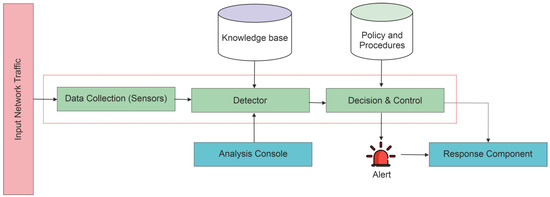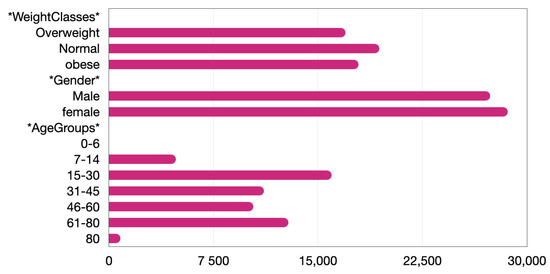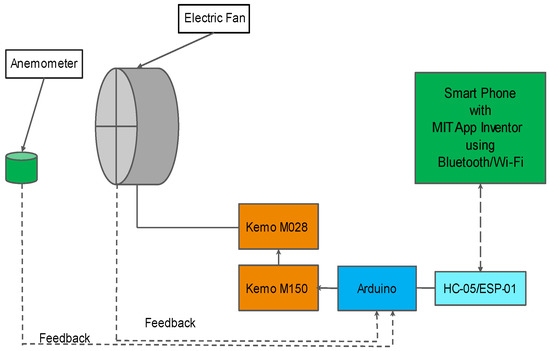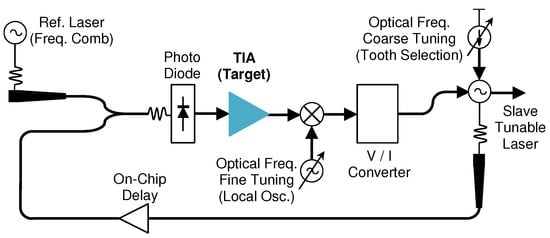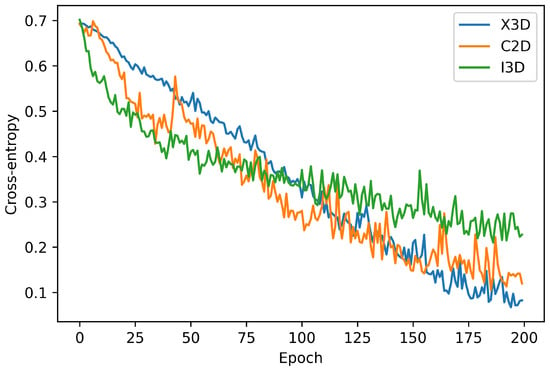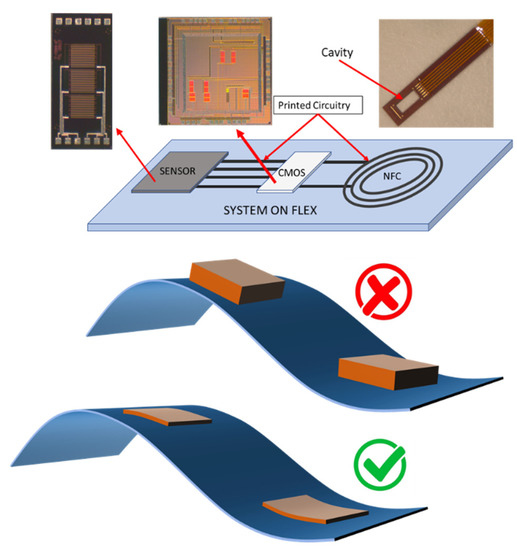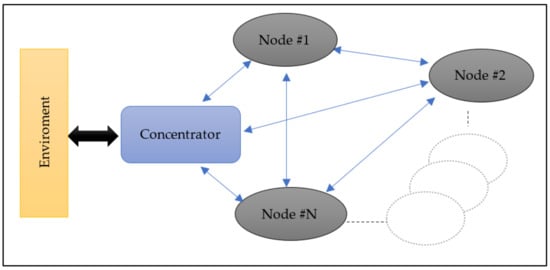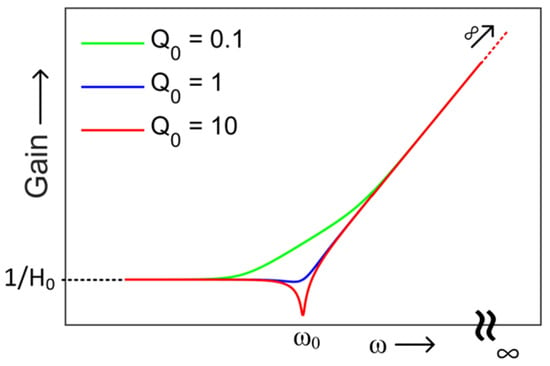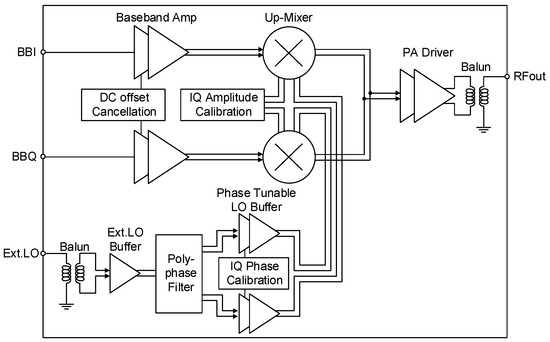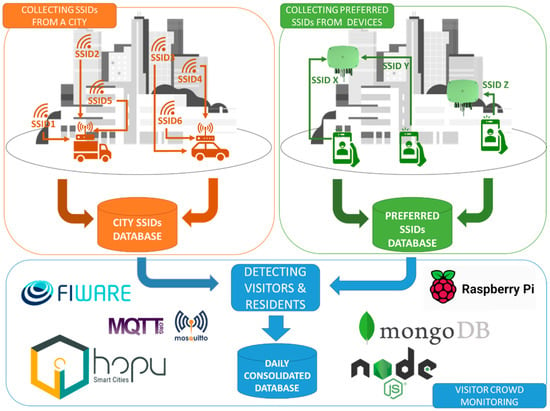Electronics 2022, 11(6), 866; https://doi.org/10.3390/electronics11060866 - 9 Mar 2022
Cited by 19 | Viewed by 7419
Abstract
E-commerce has gained momentum with the rapid development of technology, and nowadays, we are permanently connected, with constant access to information and a wide range of products. Not only does a desktop computer offer us this possibility, but the latest-generation tablets and mobile
[...] Read more.
E-commerce has gained momentum with the rapid development of technology, and nowadays, we are permanently connected, with constant access to information and a wide range of products. Not only does a desktop computer offer us this possibility, but the latest-generation tablets and mobile phones create a broad framework. This paper investigates Romanian consumers’ attitudes towards adopting mobile technology for commerce (m-commerce), taking into account its development in the last few years, especially among younger generations. The main objectives of the research are to identify the preference for m-commerce use among Generation Z, establish the ways and the devices used by Gen Z individuals to inform about the products and services and order them, and analyze the factors influencing the use of m-commerce applications. The research methodology consists of conducting an empirical analysis using a distributed survey among youngsters from Generation Z in Romania. We used descriptive statistics, such as the analysis of frequency and the mean of variables, artificial neural network analysis (ANN), and multivariate analysis of variance (MANOVA), to validate the hypotheses. The research results indicate a solid inclination for m-commerce among Generation Z. The results are helpful for companies that can shape their marketing strategies to boost their sales using m-commerce channels among the younger population.
Full article
(This article belongs to the Section Microwave and Wireless Communications)
►
Show Figures

